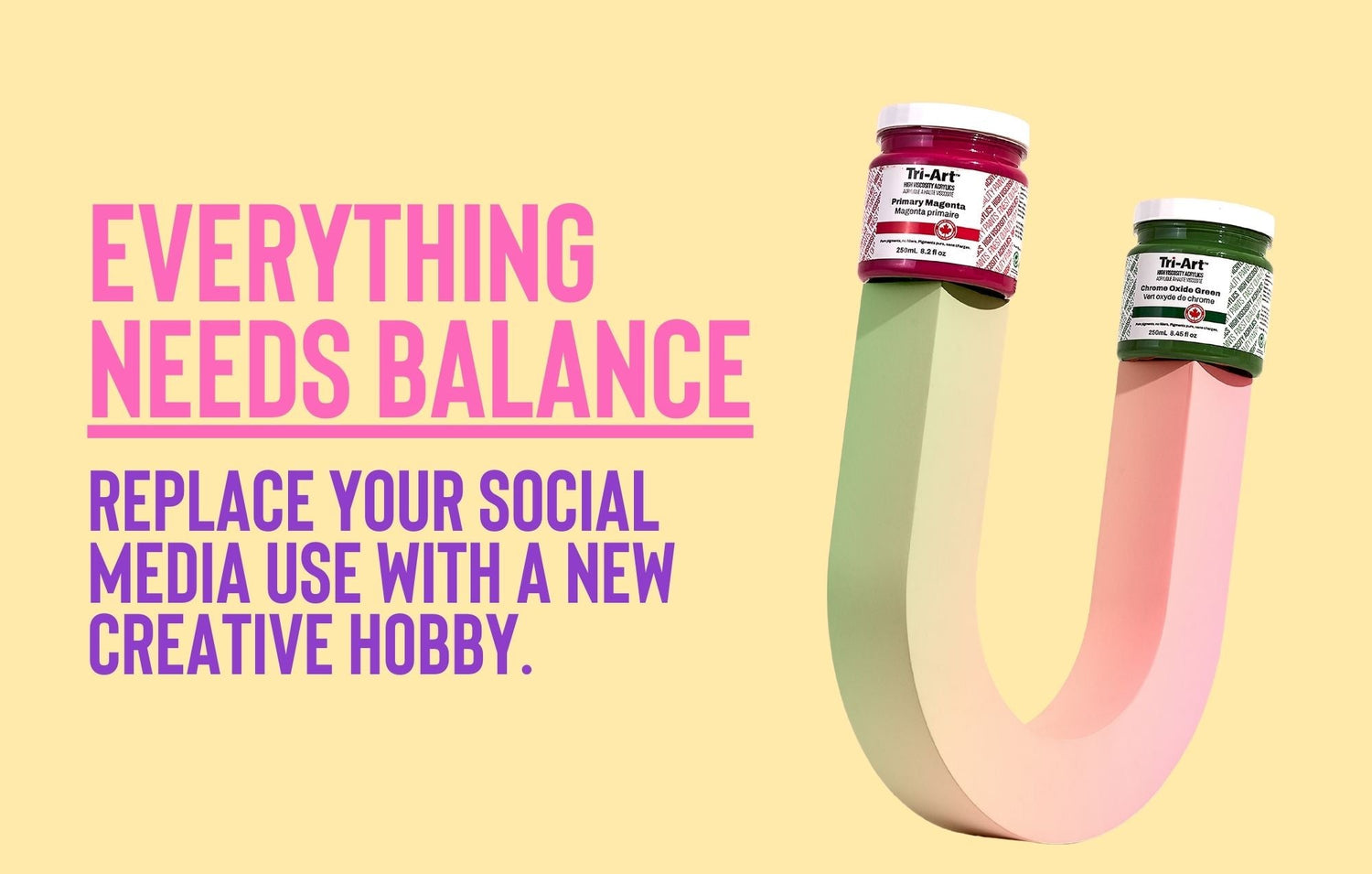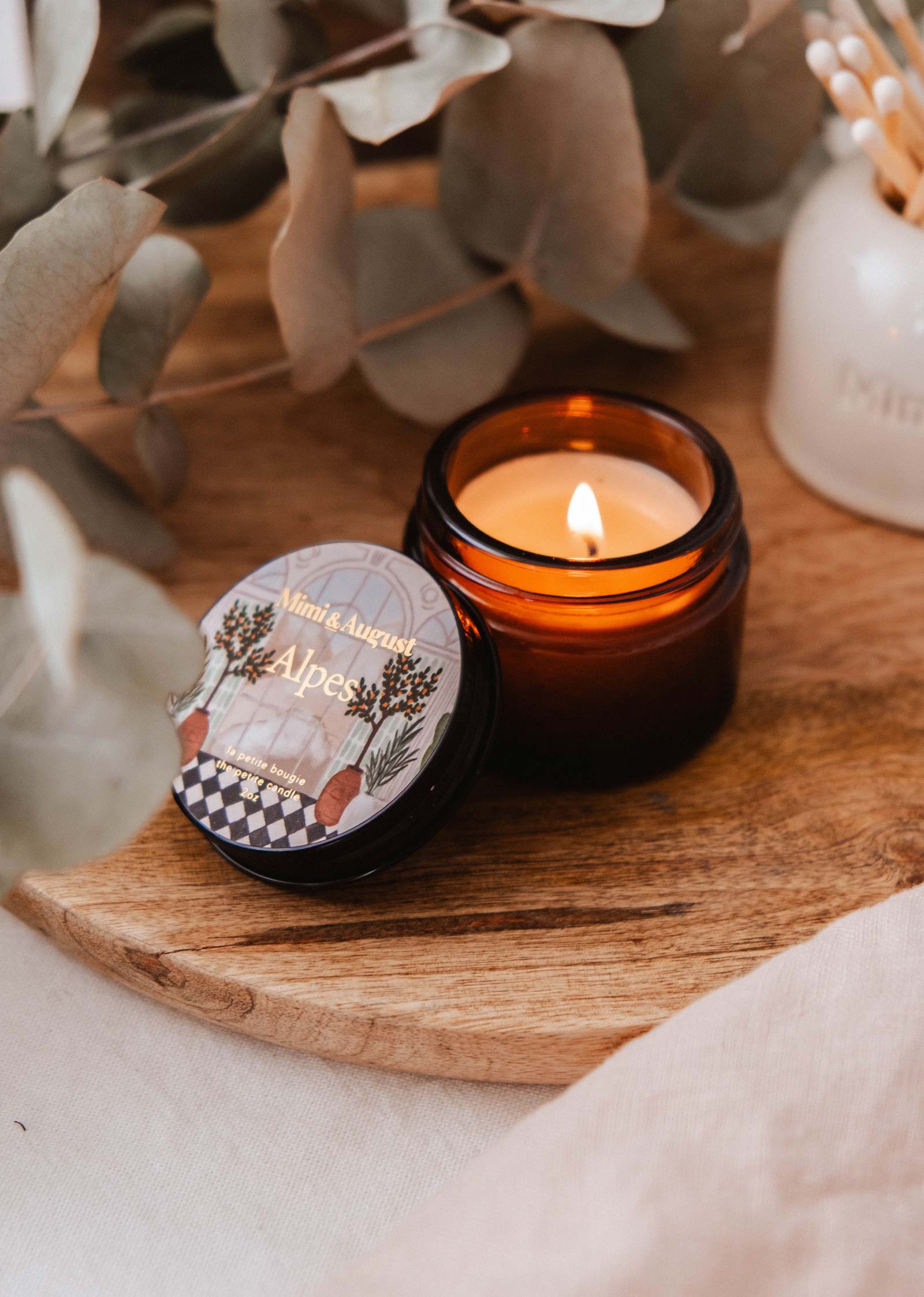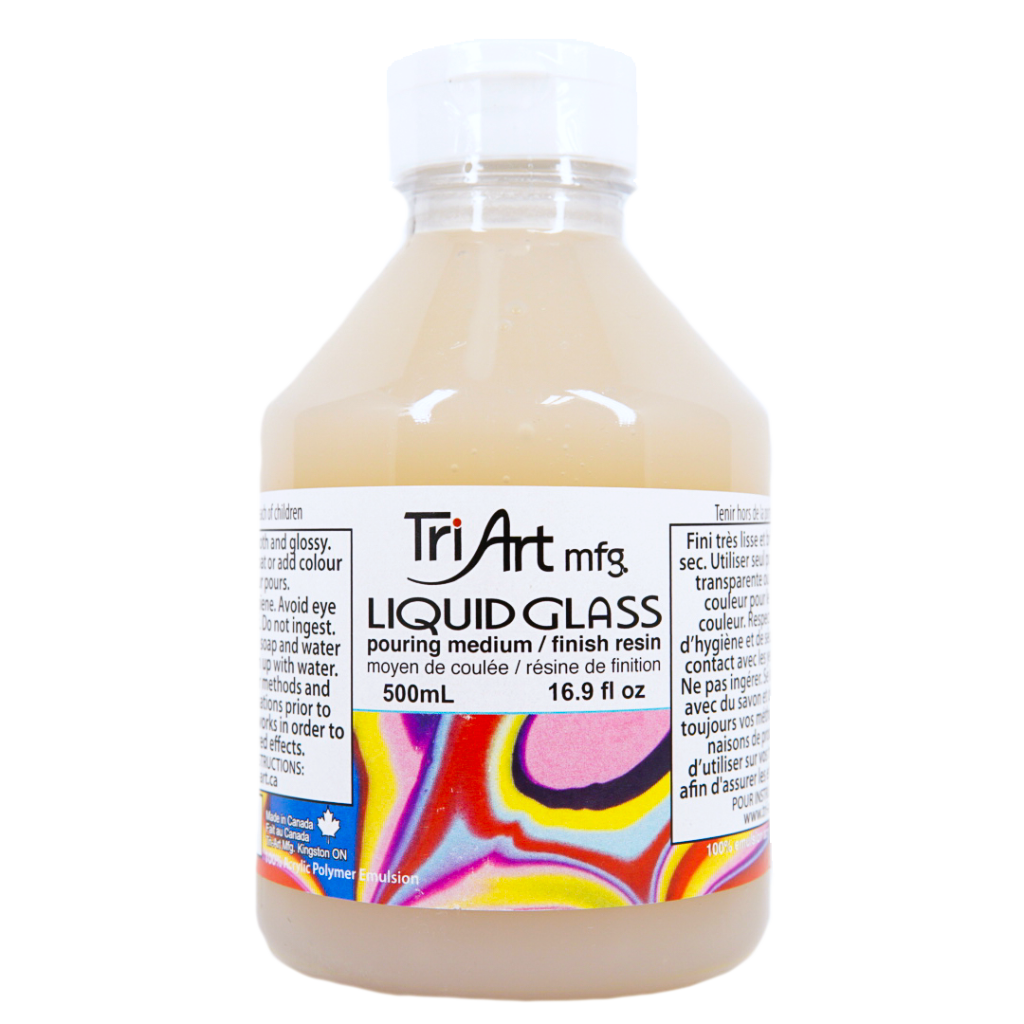Mystified Mediums
Acrylic Finishes and Top Coats





article by Claudia Zilstra
Featuring Final Finish, Top Coats and Liquid Glass from Tri-Art Manufacturing
Acrylics have become an extremely popular painting medium over the past near-century since their creation in the 1930’s. This medium has been thoroughly explored by many artists, and allows more people to participate in painting practices as the paints do not require special solvents for cleaning, and also do not emit the same toxic fumes that exist in traditional oils. However, this painting practice is still considered extremely new, which leads all artists to question what products will work effectively for specific methods. There is more to acrylic painting than just the pigmented paint itself; there are pigment-less paints called “mediums'' that are used to give different effects to your paintings, and can be used in a variety of ways. There is a vast sea of different mediums that exist, and from the outside of the bottles and jars, most of them look extremely similar. Because of this, many artists will question what products should be used in their practice, and how do they differ if they all look the same? I hope to be a bridge for many artists to help demystify acrylic mediums, and give knowledge on some of the different mediums that are currently on the market.
A common question asked by many artists is: “What medium can I use as a protective varnish for my acrylic painting?”. The term “varnish” refers to a layer of protective paint film that can be removed after a certain amount of time during a conservational cleaning. Varnishes are specific to traditional oil painting, and are not something that can be used on top of acrylic paints. This is because traditional oil varnishes dry to become extremely hard and brittle, and do not allow the acrylic to flex with environmental changes, so the chances of oil varnishes cracking on top of acrylics after a period of time is high. What the artist is most likely looking for is an acrylic finish or top coat, which is a product that dries to become completely permanent, and cannot be removed after any amount of time. The word “permanent” may sound scary, but for acrylic painting it is not something to be afraid of! Because of the resins used in acrylic paints, they dry much faster and have a more impenetrable film, unlike oil varnishes. Oil varnishes must be removed after a period of time, because dust can easily become trapped in the varnish and cause the painting to appear more dull; whereas with acrylics, dust cannot settle into an already dried painting and cause a dulling affect. Acrylics also remain very flexible, and are more stable over time than oils; meaning that acrylic paintings will not be susceptible to cracking and peeling. As mentioned above, acrylics will dry to be permanent, and thus do not need to have another layer of protection added on top, even if the painting may be touched by bare hands.
So now that we have figured out that the artist needs an acrylic finish or top coat, how does one choose which medium to use? The answer to that is as broad as the question, and also leads to more necessary questions to be asked: does the artist want a textured or smooth finish? Do they want a thick, resin-like finish, or something extremely thin? Do they want a specific luster? By asking oneself these questions, we can begin to see what kind of product would work best. All in all, you can use any acrylic medium as a finish or top coat to your painting. Professional quality acrylic paint made from 100% acrylic polymer emulsion will not yellow, and also will not be dramatically affected by UV light (to be sure this will not happen, please read the side of every tube of paint you purchase. The label will tell you how lightfast the paint is; the more lightfast, the less likely your paint will fade over time). The following products are what I normally recommend for artists who are looking for a thin, paint on finish that come in a variety of lusters. I find these are typically a good starting point for most artists, and lead them to either really enjoy the suggested product, or lead them in a good direction to find another product they prefer.


Final Finish
Final Finish is the most basic finish I recommend to most artists. This finish is very versatile; it can be used on top of acrylic paintings that are done on virtually any substrate: canvas, wood panel, pottery, glass, stone, etc. You name it and Final Finish can stick to it! The product is very similar to a basic polymer medium; it is white when wet and becomes clear when dry, however it dries to have a harder finish than polymer mediums. It is a more viscous medium, and has a very milk-like texture. When it is painted onto a surface, it does not hold onto very many brush strokes, and thus has a fairly smooth finish, but not the smoothest out of all the acrylic finishes available at Art Noise. This product comes in Gloss, Semi-Gloss and Matte formulas.
Top Coat Hard
Top Coat Hard is very different from Final Finish. It uses different resins than Final Finish, and thus has a different look and texture in both its wet and dry states. It is a semi-clear medium when wet, and dries completely clear. It is a very viscous medium, and has a very water-like texture in the bottle. This product is specifically formulated to be used ONLY on hard substrates, such as metal and wood. This is because this product dries to become extremely hard, and is not flexible enough to be used on canvas (or other similar soft substrates), and can actually cause acrylic paintings on canvas to crack. But, if used properly on a hard substrate, this product has a thin, glass like finish that is much harder than Final Finish, and also more scratch resistant. Because it is a thin formula, it shows virtually no brush strokes when a liberal amount of the product is brushed on, and has a smoother finish than Final Finish. This product is available in gloss and matte lusters, however you can buy both lusters and mix them together to make a semi-gloss finish.


Top Coat Soft
Top Coat Soft is almost exactly the same as Top Coat Hard, except it has a slightly different formula that allows the paint to dry to a more flexible film, allowing it to be used on top of more flexible surfaces like canvas. It has the same texture as the Top Coat Hard, except it is slightly milkier in colour when wet. It also dries to have the same finish as the Top Coat Hard; a thin glass like surface with very minimal brush strokes. It also comes in gloss and matte lusters, and both can also be mixed to make a semi-gloss top coat.
Liquid Glass
Liquid Glass is a very different medium from the products mentioned above; it is not a thin product, and it is not a brush on medium. This product is our professional quality pouring medium, and requires a different application. Some artists have asked for a thick, resin-like finish for their acrylic paintings, and Liquid Glass is the perfect candidate. It is much better than epoxy resin as a top coat for acrylic paints, firstly because it is a 1-part product (meaning you don’t have to measure 2 different products exactly, and also save time on mixing!). Secondly, it does not yellow over time; and thirdly, you do not need to have a studio with air circulation to use this product, as it does not give off any fumes. This product is slow drying, and takes up to 24 hours for the product to completely dry to the touch; whereas the other products mentioned above usually take at most a few hours to dry. Because it is a pouring medium, it can only be applied by pouring the medium onto the surface of your painting. I don’t recommend using a brush, as this product will not be able to self-level around brush marks, meaning your brush strokes will be very noticeable when the Liquid Glass dries. You can use a palette knife, ruler, or any other item with a flat edge to spread the medium to the edges. Liquid Glass works best on hard substrates like wood panels, but it can also be used on canvas. I recommend supporting the underside of the canvas with books (or something similar) if you are applying Liquid Glass to a canvas larger than a 12x12”, as this product is heavy and can cause the canvas to sag, thus making the product pool in certain areas of the painting. Just be sure to have your table underneath the painting protected, as this medium can become messy during application. It is also important to make sure your painting is level before you start pouring Liquid Glass on, as this can cause pooling in certain areas of the painting, and may also cause an uneven layer. Liquid Glass is extremely glossy when dry, and is only available in this luster. It has a hard finish when dry, and is also fairly scratch resistant.

While not being a necessary step to every artist’s practice, finishes and top coats can provide a gorgeous final coat to any acrylic painting. This type of application can provide more interesting layers for viewers to experience, and also allow the painting to become unified under a full layer of a gloss, semi-gloss, or matte medium. You can also selectively paint finishes and top coats over certain parts of paintings to bring attention to a different area of the painting as well. Ultimately, the possibilities with these types of mediums are quite endless, and allow the artist to always feel encouraged to play and experiment with every painting they produce. If you are interested in learning more about acrylic mediums, check out Acrylic Painting Mediums & Methods by Rheni Tauchid.







